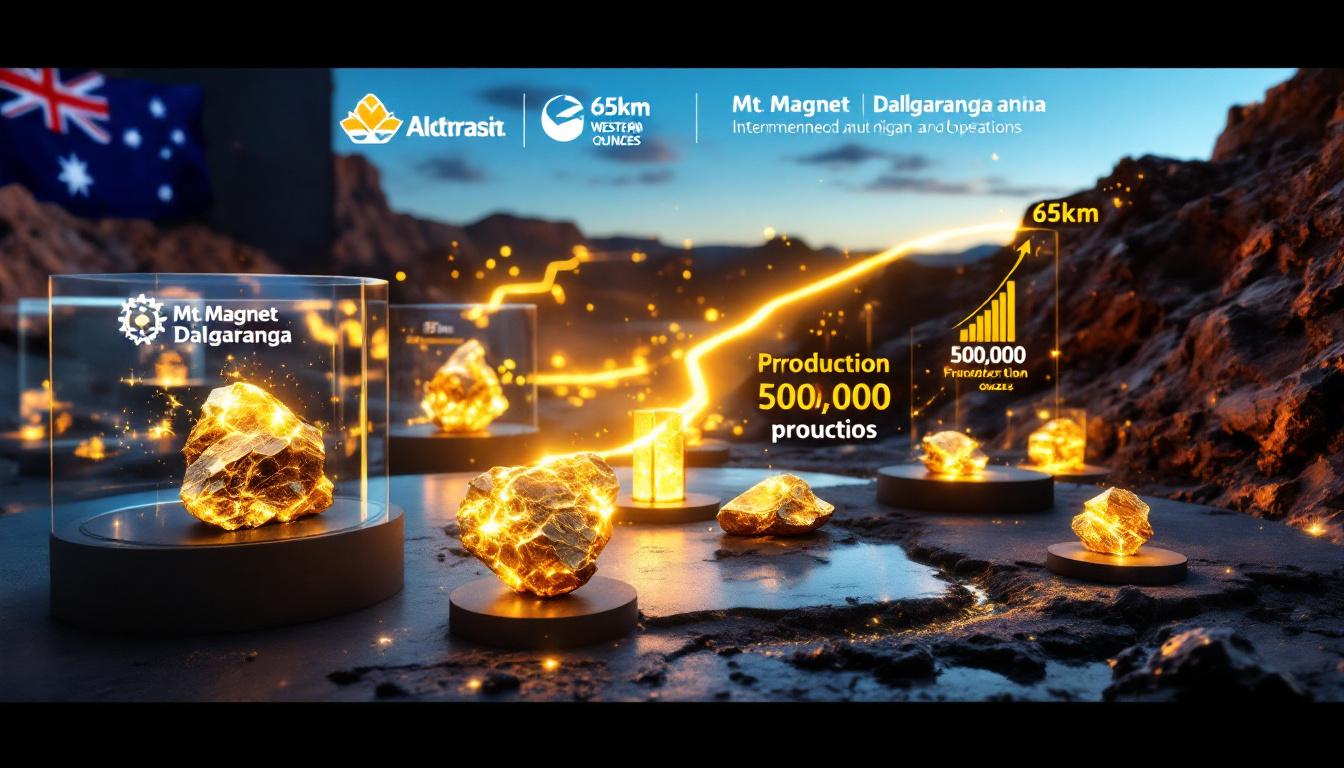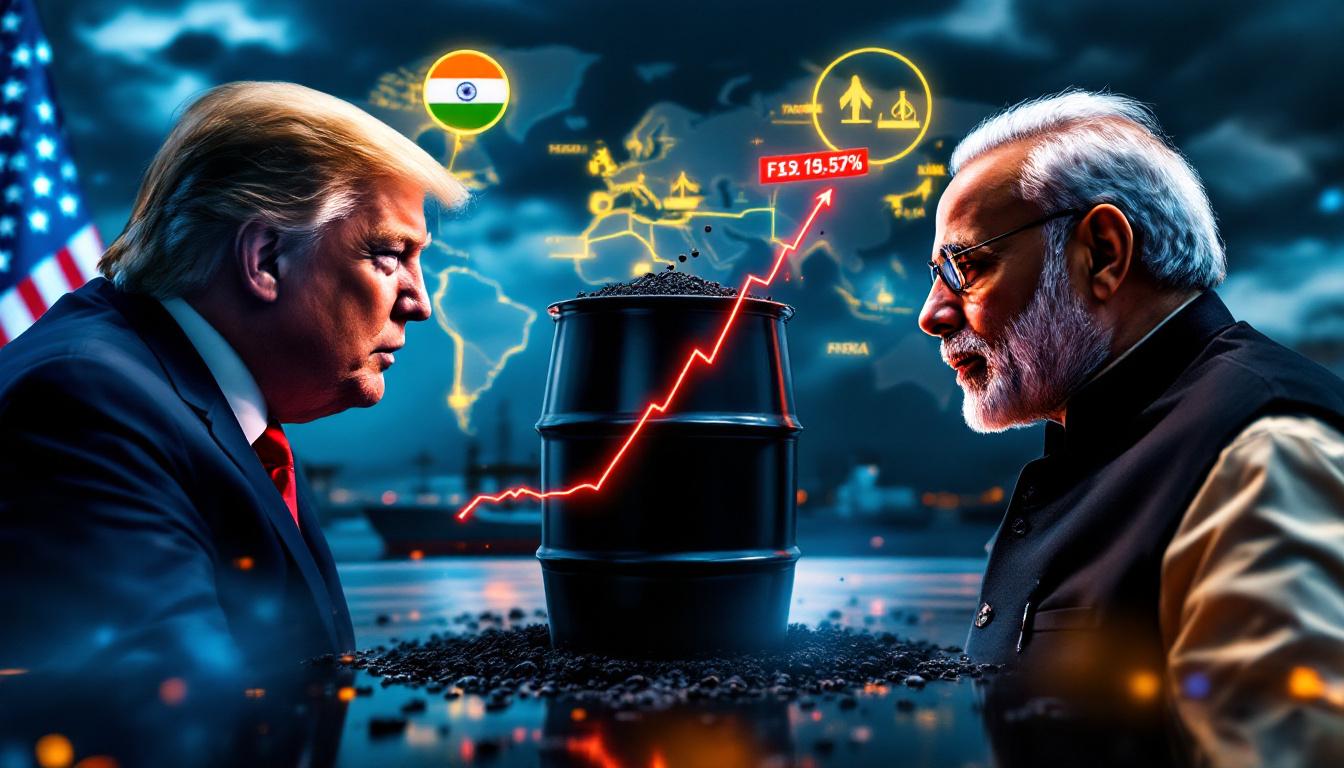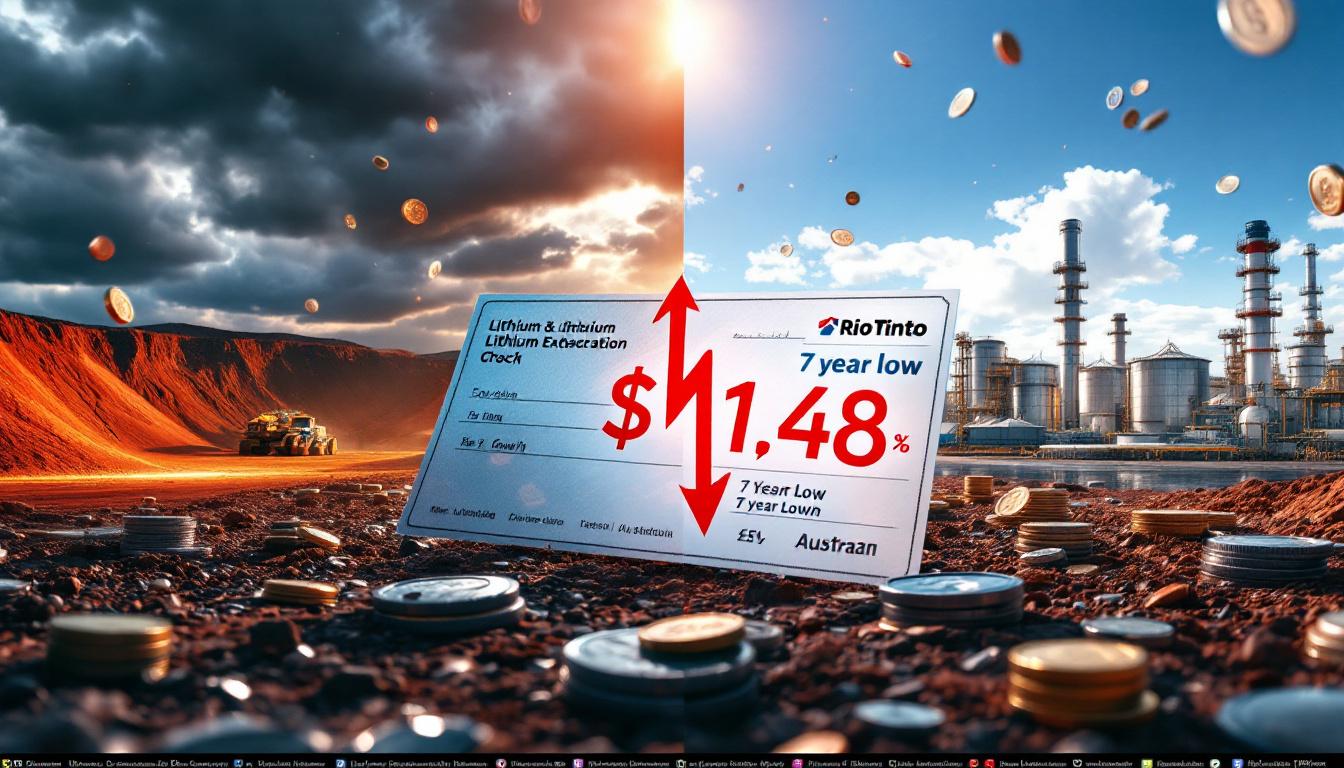What's Happening in the Current Magnesium Market?
Price Stability Amid Market Uncertainty
The magnesium market is currently experiencing a period of remarkable price stability despite underlying economic uncertainties. Current Fugu magnesium ingot prices have maintained a steady range of 16,150-16,250 yuan/mt for three consecutive trading days as of early July 2025. Similarly, FOB export pricing has remained consistent at $2,220-$2,300/mt during this same period.
This price stagnation represents more than just a temporary pause in market movement. Industry analysts note that a strong psychological support level has established itself at 16,000 yuan/mt, creating what traders call a "pricing floor" that producers appear unwilling to break through even amid building inventory pressures.
"The current market is exhibiting unusual resilience at these levels," notes a senior SMM market analyst. "Prices remain stagnant and the market is waiting for new momentum from either the supply or demand side to establish direction."
Supply-Side Dynamics
On the production front, mainstream magnesium factories across China's key production hubs are maintaining normal production schedules despite the price stagnation. Industry observers have noted that previously announced capacity additions have not been implemented as scheduled, suggesting manufacturers are exercising caution.
Producer behavior reveals a strategic approach to the current market conditions:
- Strong price discipline: Factories show remarkable reluctance to reduce prices despite gradual inventory accumulation
- Production stability: Output remains consistent with previous months rather than scaling back
- Inventory management: Gradual stockpiling observed but not yet at levels triggering panic selling
- Capacity restraint: Delay of new production facilities that would have added supply pressure
"Factory representatives consistently express confidence that current price levels will hold," reports an SMM surveyor who regularly interviews production managers. "However, behind closed doors, concerns about inventory buildups are beginning to emerge."
Why Is the Market in a Holding Pattern?
Domestic vs. International Demand Contrast
A fascinating dichotomy has emerged between Chinese domestic consumption and international buying patterns. While China's internal industrial sectors continue to provide baseline support through what analysts term "rigid demand" – consistent consumption from essential industries like automotive and aerospace – the international picture appears considerably more restrained.
European buyers, traditionally significant consumers of Chinese magnesium, have entered their traditional summer break period, temporarily reducing procurement volumes. This seasonal pattern has been amplified by broader economic pressures in overseas markets, causing many international buyers to delay procurement decisions.
Foreign traders are primarily executing on previously placed low-price orders rather than initiating new positions. Market participants report a strategic approach of batch replenishment during price correction periods rather than consistent buying at current levels.
As one trader explained to SMM, "We're seeing international buyers adopt a wait-and-see approach. They're holding adequate inventory for immediate needs while postponing major decisions until price direction becomes clearer."
Market Sentiment Indicators
The psychological aspects of the current market stagnation reveal much about potential future direction. Factory representatives are making concerted efforts to maintain current price levels through disciplined selling practices and consistent messaging about production costs.
However, trader feedback collected by SMM suggests prices may be approaching what several describe as a "critical inflection point." There's growing consensus that demand recovery timing will ultimately determine price direction, with potential for proactive price adjustments if sluggish demand persists through late summer.
Key sentiment indicators worth monitoring include:
- Producer confidence levels in maintaining the 16,000 yuan/mt support
- Inventory concealment practices among major suppliers
- Trader positioning through forward contracts
- European buyer communication about post-holiday procurement plans
"If demand fails to recover by September, we might see producers finally surrender to inventory pressures," predicts a veteran magnesium trader with operations spanning Asia and Europe.
What Factors Will Drive Future Magnesium Prices?
Short-Term Market Projections
Market analysts broadly agree that magnesium prices face limited downside potential in the immediate term due to the strong psychological support level at 16,000 yuan/mt. This price point represents not just a psychological barrier but also approaches production cost thresholds for some manufacturers.
The most probable scenario for the coming weeks involves rangebound price fluctuations, potentially oscillating between 16,000-16,500 yuan/mt as the market searches for new direction. However, continued inventory accumulation could eventually trigger slight price corrections if the current demand pattern persists.
SMM analysts characterize the current supply-demand balance as "weakly balanced" – a technical term indicating equilibrium that could easily tip with relatively minor changes to either supply discipline or demand patterns.
"The magnesium market finds itself in a precarious equilibrium where prices remain stagnant and the market is waiting for new momentum. This waiting game cannot continue indefinitely – something must eventually give." – SMM Market Analysis Report, July 2025
Key Market Indicators to Monitor
Investors, traders, and industry participants should closely track several critical indicators that will likely determine when and how the market breaks from its current stagnation:
- European market activity following the conclusion of summer holidays
- New capacity implementation timelines and resulting production volumes
- Inventory levels at major production facilities and distribution centers
- Foreign trader purchasing patterns and order volumes compared to historical norms
- Domestic consumption rates in key industrial sectors, particularly automotive and aerospace
Industry experts emphasize that the magnesium market tends to move rapidly once clear direction is established. As one market analyst noted, "When magnesium moves, it often moves decisively. The current price stagnation is building potential energy that could be released once a catalyst emerges."
How Does This Compare to Broader Metals Market Trends?
Global Metals Market Context
The current magnesium market stagnation doesn't exist in isolation. Similar patterns of price inertia can be observed across several industrial metals markets, suggesting broader macroeconomic factors at play rather than magnesium-specific issues.
Several parallels deserve attention in the context of global mining landscape:
| Metal | Current Price Action | Key Support Level | Inventory Situation | Market Sentiment |
|---|---|---|---|---|
| Magnesium | Stagnant (3+ days) | 16,000 yuan/mt | Gradually increasing | Cautiously bearish |
| Aluminum | Narrow range trading | $2,100/mt | Stable but elevated | Neutral |
| Zinc | Slight downward bias | $2,400/mt | Decreasing at LME | Cautiously bullish |
| Nickel | Consolidation phase | $15,800/mt | Building at ports | Bearish |
Market participants across these metals have adopted a wait-and-see approach amid economic uncertainties affecting major consuming regions. This collective hesitation demonstrates how prices remain stagnant and the market is waiting for new momentum across the broader industrial metals complex.
Supply Chain Implications
The current pricing stagnation creates both challenges and opportunities throughout the magnesium supply chain. Additionally, understanding iron ore trends provides valuable context for interpreting magnesium market behavior:
For producers:
- Margin pressure as inventory carrying costs increase
- Opportunity to optimize production efficiency during stable pricing
- Strategic decisions about potential output reductions
- Risk management through hedging against potential downside
For traders:
- Reduced arbitrage opportunities in flat markets
- Enhanced importance of timing for inventory purchases
- Lower transaction volumes affecting profitability
- Focus shifting to value-added services beyond pure trading
For consumers:
- Opportunity for strategic inventory building during flat price period
- Enhanced forecasting accuracy due to price stability
- Potential leverage in negotiating forward contracts
- Risk of supply disruption if producers suddenly reduce output
"Downstream manufacturers are the primary beneficiaries of the current situation," explains an industry consultant. "The price stagnation allows for more predictable input costs and production planning."
FAQ: Magnesium Market Outlook
When might magnesium prices break out of the current range?
The market is likely waiting for either significant demand recovery, especially from European buyers after their summer break, or supply adjustments from producers facing inventory pressures. Either catalyst could trigger movement from the current price range, with most analysts expecting meaningful direction to emerge by late September 2025.
Historical patterns suggest European industrial restarts in September typically generate increased procurement activity. However, broader economic conditions in Europe will determine whether this seasonal pattern holds true in 2025. Investors seeking market volatility insights would be wise to monitor these developments closely.
What would cause magnesium prices to fall below 16,000 yuan/mt?
A sustained period of weak demand combined with continued production at current levels could eventually force producers to accept lower prices to move inventory, potentially breaking through the psychological support level. This scenario becomes increasingly likely if:
- European industrial activity fails to rebound post-summer
- Chinese domestic consumption weakens unexpectedly
- New production capacity comes online despite market conditions
- Producer inventory levels reach critical thresholds (typically 20+ days of production)
Producers would likely attempt staged, gradual reductions rather than dramatic price cuts to prevent market panic.
How are foreign traders navigating the current market conditions?
Foreign traders are primarily executing previously placed low-price orders and strategically replenishing inventory during price corrections, while generally postponing major new procurement plans until market direction becomes clearer.
Many international trading houses report maintaining "adequate but minimal" inventory levels – carrying enough material to satisfy immediate customer needs while minimizing exposure to potential price declines. This conservative approach reflects the uncertainty around when prices remain stagnant and the market is waiting for new momentum.
What production adjustments are magnesium manufacturers making?
Currently, mainstream factories are maintaining normal production schedules with no implementation of previously planned capacity additions, suggesting a cautious approach to market conditions. The situation demonstrates how mining innovation trends may influence production decisions in the metals sector.
Some smaller producers report subtle adjustments like:
- Extended maintenance periods
- Selective line shutdowns during peak electricity pricing periods
- Postponement of efficiency improvement projects
- Delay of capacity expansion initiatives previously announced
However, major producers show remarkable reluctance to reduce output significantly, believing price stability will return as demand recovers.
Outlook: Navigating the Waiting Game
Market Positioning Strategies
For market participants navigating this period of price stagnation, several strategic approaches warrant consideration:
For buyers:
- Staged purchasing: Divide procurement into smaller tranches rather than single large orders
- Optionality preservation: Maintain flexibility through a mix of spot and contract purchasing
- Cost averaging: Systematic purchasing at regular intervals regardless of minor price fluctuations
- Supplier diversification: Engage multiple sources to mitigate risk of supply disruption
For sellers:
- Inventory management discipline: Careful monitoring of stock levels against historical norms
- Customer relationship focus: Emphasize service and reliability over price competition
- Forward contracting: Lock in volumes with reliable customers even at current prices
- Cost efficiency improvements: Utilize stable period to optimize production processes
"In markets where prices remain stagnant and the market is waiting for new momentum, positioning often matters more than timing. Strategic patience combined with tactical flexibility typically outperforms aggressive directional bets." – SMM Market Analysis Report
Long-Term Market Considerations
Looking beyond the current price stagnation, several structural factors will shape the magnesium market in coming years:
-
Supply expansion delays: The postponement of planned capacity additions in 2025 may create tighter supply conditions in 2026-2027 if demand recovers strongly.
-
Technological evolution: Advancements in lightweight materials for transportation may accelerate magnesium demand in aerospace and automotive sectors.
-
Energy transition impacts: As a relatively energy-intensive metal to produce, magnesium pricing will increasingly reflect energy policy changes in China.
-
Geographical demand shifts: Emerging markets like India and Southeast Asia may gradually replace some European consumption.
-
Environmental considerations: Lower-carbon production methods may create a two-tier pricing system for "green" versus conventional magnesium.
Market participants should maintain vigilant monitoring of both domestic Chinese consumption indicators and international demand signals, particularly from European industrial centers as they emerge from the summer period. The current period where prices remain stagnant and the market is waiting for new momentum will eventually resolve – the key is identifying the catalyst before mainstream recognition drives prices in either direction.
Disclaimer: The analysis presented is based on current market conditions as of July 2025. Commodity markets are inherently volatile and subject to rapid changes based on numerous factors. Readers should conduct their own research and consider their individual circumstances before making investment or procurement decisions.
Ready to Capitalize on the Next Mineral Market Movement?
Stay ahead of significant mineral discoveries with Discovery Alert's proprietary Discovery IQ model, which turns complex market data into actionable insights for investors at all experience levels. Visit the Discovery Alert discoveries page to understand how major mineral discoveries have historically generated substantial returns.




